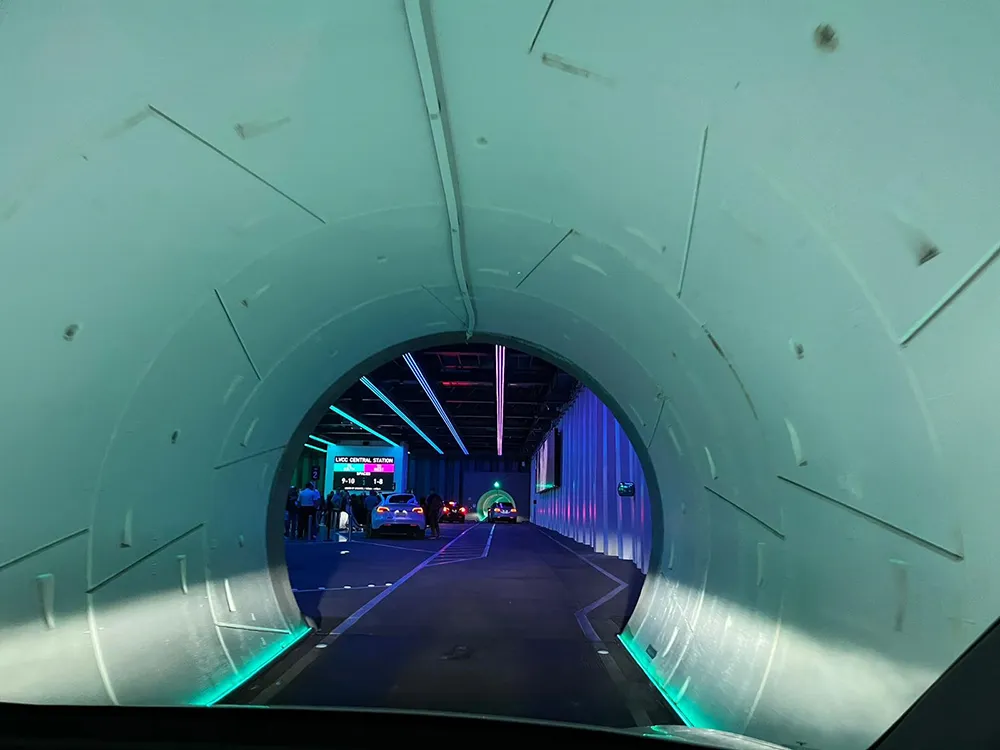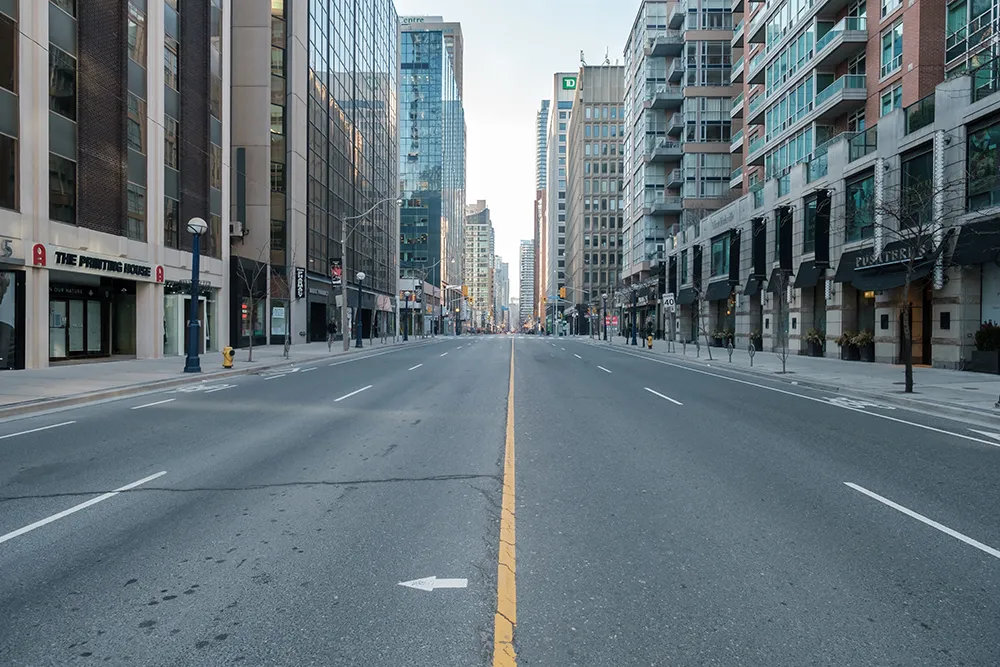
The Vegas Loop underground taxi service that uses Tesla electric vehicles recently carried its one millionth passenger. Operated since July 2022, it provides transportation for attendees at the Las Vegas Convention Center (LVCC), connecting the new West Hall with the existing North, Central and South Halls.
A cross-campus walk can take up to 45 minutes, but the Vegas Loop reduces this to two minutes.
Originally conceived as an autonomous taxi service – an idea that was abandoned as being too dangerous – the service uses around 100 chauffeur-driven Teslas travelling along two one-way 0.8 mile tunnels.
 Crews from the Elon Musk-owned Boring Company have now started work on extending the service beyond the LVCC to its planned 55 stations along a 29-mile network. The first part of this is the digging of a tunnel between the convention centre and the Westgate hotel, with the Westgate station expected to open in summer 2023.
Crews from the Elon Musk-owned Boring Company have now started work on extending the service beyond the LVCC to its planned 55 stations along a 29-mile network. The first part of this is the digging of a tunnel between the convention centre and the Westgate hotel, with the Westgate station expected to open in summer 2023.
The system has proved controversial with a video appearing not long after it opened showing an underground traffic jam on a network that was supposed to ease traffic problems.
A trip on the system proves to live up to its name, being quite a colourful and indeed ‘trippy’ experience. The constantly changing colours and an accompaniment of dancey electronic music as you head through the tunnels make it feel like you’re in a computer game - quite relaxing and a welcome change from the lengthy walks from hall to hall that are normally required of show attendees.
The current LVCC loop capacity is designed for 4,400 passengers per hour, while the planned full Vegas Loop is aiming for 57,000 per hour on its 50-plus stations. The network uses Tesla Model 3 and X vehicles and vehicle speeds are 30-40mph.
 A few minutes of queuing was sometimes required while waiting for a Tesla that was going to the right hall. You also have to tell the yellow hi-viz-wearing assistants where you want to go, so it’s far from a seamless and automated experience, although the occasional queuing could be an indication of the system’s popularity.
A few minutes of queuing was sometimes required while waiting for a Tesla that was going to the right hall. You also have to tell the yellow hi-viz-wearing assistants where you want to go, so it’s far from a seamless and automated experience, although the occasional queuing could be an indication of the system’s popularity.
Rides on the LVCC site are free but there will be fares on the extended network.
In October 2021, Clark County officials gave approval for the network to be extended around the city, including stops at casino hotels on the Las Vegas Strip, the Allegiant Stadium where the Las Vegas Raiders football team plays, the University of Nevada (UNLV), and eventually the Harry Reid International Airport. The Boring Company says that the nearly five-mile trip from the airport to the LVCC will take five minutes with a cost of around $10.
The Westgate is the second extension from the LVCC after the link to Resorts World that opened in 2022. To extend the system beyond LVCC, the Boring Company is having to obtain permits from the city’s building department and, apart from the recent start on the Westgate extension, not a lot of digging is currently going on.
The company is also planning underground EV systems in other US cities. Early last year it submitted plans for a 6.2-mile loop in Miami and – whatever his detractors think - Musk has said such initiatives can solve the traffic issues that afflict major global cities.










